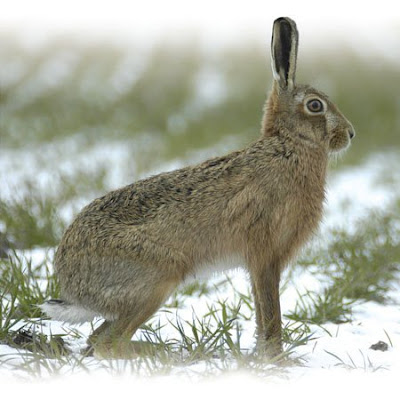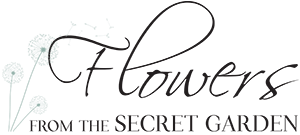
We have recently been graced with the pleasure of a beautiful hare, as have several of our customers. Rather than seeing it negatively they like us admire these beautiful animals and are keen to ensure their preservation. This is particularly important as Irish hares are going through a dramatic decline in numbers over the last few decades, owing to changed farming practices and patterns of land use, but their persecution for sport has also had a major impact.
When looking at farming practices it is no coincidence that agriculture has become more intensive during this period of decline in hare numbers. Increasingly mechanised and frequent grass-cutting for silage is widely believed to be directly responsible for the deaths of leverets, hidden in the long grass by their mothers.
Land ‘improvement’ has replaced the hare’s species-rich habitat with less nutritional commercial grass varieties. Increased production methods have also led to the removal of traditional cover such as hedgerows and moorland, leaving hares exposed and vulnerable.Overstocking and overgrazing has increased disturbance and competition for feeding. Low levels of vegetation also rob the hare of the cover on which it relies for shelter and safety.
The widespread use of pesticides and the application of slurry reduces the prevalence of species-rich grasses on which Irish hares feed. Hares are susceptible to ingesting herbicides because they are attracted to areas, such as rushes, that are targeted for application. These fastidious animals then groom themselves, ingesting the toxic chemicals. All pesticides are poisons, and Paraquat (Gramoxone) is known to be lethal to hares.
No wonder then we do so well with regular visits as we use no herbicides or pesticides and our hedgerow as well as our neighbouring farmers remain intact and will continue to do as they provide a safe haven for our native animals.
The second reason and one which I personally struggle with is that of hare hunting and coursing. Hunting and coursing targets and depletes fragile local populations of hares with serious consequences for the population as a whole. For example if does are captured the young leverets are left abandoned and there already slim chances of survival is reduced further, only 1 out of 4 hares are expected to survive beyond there first year.
Even with the introduction of muzzling in the early nineties and an
alleged average of 95% of the 5,000 hares captured annually by coursing clubs are returned to the wild one would have to question the survival rate and re-integration of these released hares post-coursing. When you have two large dogs (I know we have two
rescue greyhounds) having physical contact with an animal which does not have a robust anatomy, fatal injuries will continue to be inflicted. I have included two images which are without being overly graphic show the stress the hare is put under.

/
We hope our young hare continues to privilege us with his visits for many more years…
For those who are interested in more information about the Irish hare check out http://www.irishhare.org/



